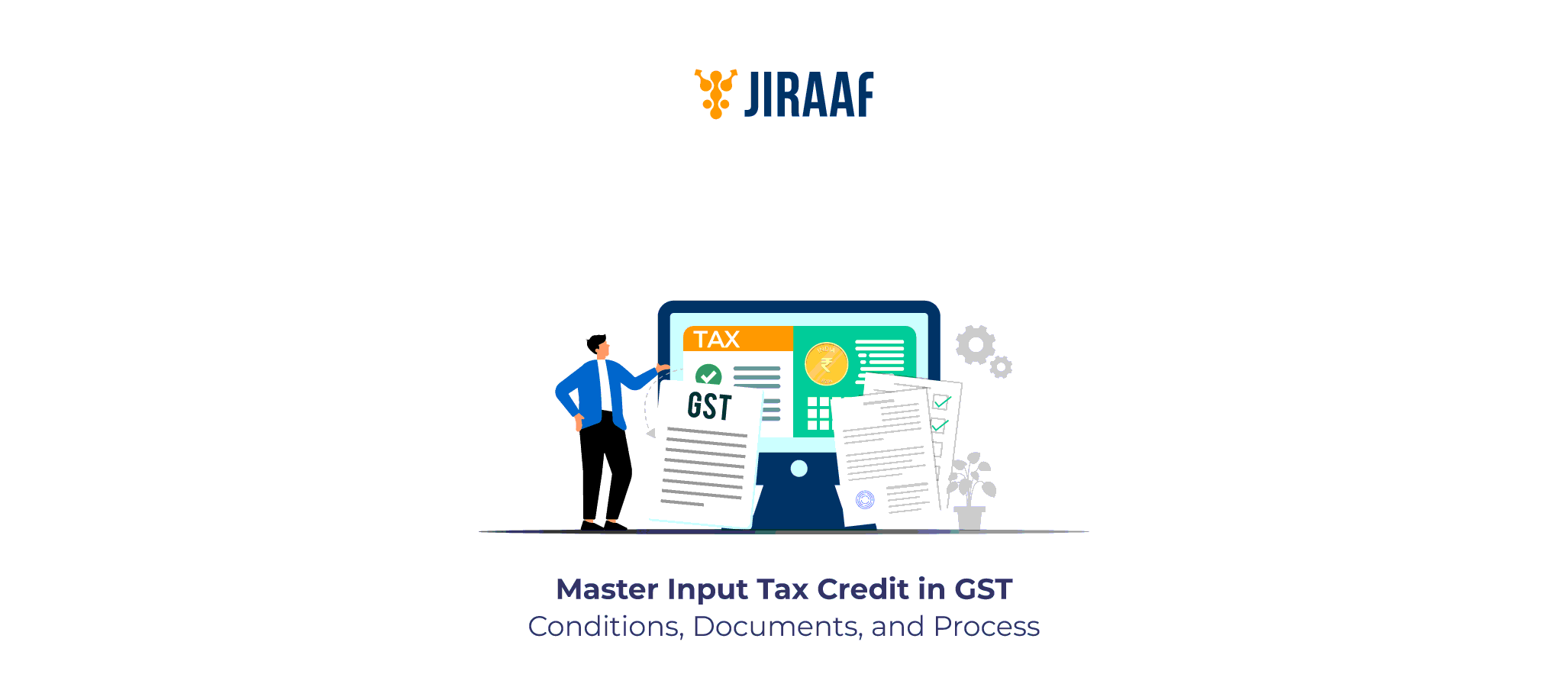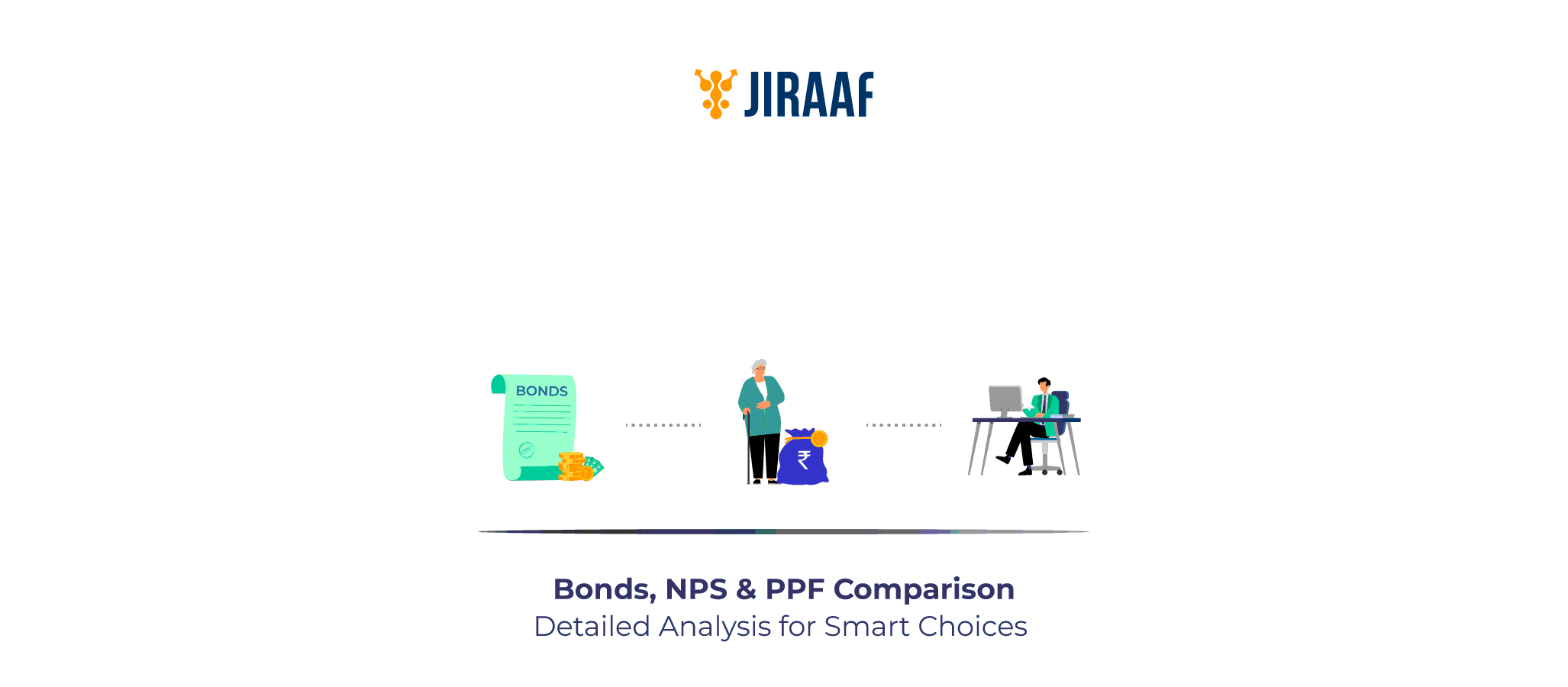If you’re someone who keeps a fair bit of money in your savings account, here’s some good news: you might not have to pay tax on all the interest you earn. Section 80TTA of the Income Tax Act allows you to claim a deduction of up to ₹10,000 on interest earned from your savings accounts in a financial year. While this might seem like a small benefit, many taxpayers overlook it or fail to claim it correctly.
In this blog, you’ll learn everything you need to know about Section 80TTA, like who can claim it, how it works, the filing process, common mistakes, and how it compares with Section 80TTB for senior citizens.
What is Section 80TTA of the Income Tax Act?
Section 80TTA was introduced through the Finance Act, 2012, and has been effective since the Assessment Year 2013–14. It allows individuals (excluding senior citizens) and Hindu Undivided Families (HUFs) to claim a deduction of up to ₹10,000 on interest earned from:
- Savings accounts with banks (private or public)
- Post office savings accounts
- Co-operative societies engaged in banking
This deduction is listed under Chapter VI-A of the Income Tax Act. It’s designed to promote savings and reduce the tax burden on small depositors.
Who is Eligible to Claim Deduction Under Section 80TTA?
To qualify for the deduction under Section 80TTA, you must meet the following conditions:
- You should be an individual (below 60 years) or a HUF.
- You must be a resident taxpayer.
- The deduction is applicable only on interest from savings accounts.
- Senior citizens must use Section 80TTB instead.
- NRIs with NRO savings accounts are not eligible.
Example: If you’re a 30-year-old salaried employee earning ₹8,000 annually as interest from multiple savings accounts, you can claim the full ₹8,000 as a deduction under Section 80TTA.
What Type of Interest is Covered Under Section 80TTA?
| Eligible for 80TTA | Not Eligible for 80TTA |
| Interest on savings bank accounts | Fixed Deposit (FD) interest |
| Interest on post office savings | Recurring Deposit (RD) interest |
| Interest from co-op society banks | Interest from NRO/NRE accounts |
Only interest from savings accounts qualifies. Interest from FDs, RDs, or any other instruments must be reported separately and does not enjoy this deduction.
80TTA Deduction Limit and How It Works
- The maximum deduction you can claim under Section 80TTA is ₹10,000 in a financial year.
- If your total savings interest is less than ₹10,000, the entire amount is deductible.
- If it exceeds ₹10,000, only ₹10,000 can be deducted, and the excess is taxable.
| Total Interest Earned | Deduction Under 80TTA | Taxable Amount |
| ₹5,000 | ₹5,000 | ₹0 |
| ₹10,000 | ₹10,000 | ₹0 |
| ₹12,500 | ₹10,000 | ₹2,500 |
Note: First add the total interest to “Income from Other Sources” and then claim the deduction under 80TTA. Never net-off the amount directly.
How to Claim 80TTA Deduction in Income Tax Return (ITR)
Here’s how you can claim the deduction when filing your income tax return:
Step-by-Step Process
- Check total savings interest (bank passbook, interest certificates, or AIS on portal).
- Add this amount under “Income from Other Sources.”
- Under the Deductions section (Chapter VI-A), go to 80TTA and enter the amount (up to ₹10,000).
- Proceed with the filing process.
Applicable ITR Forms
- ITR-1 (Sahaj): for salaried individuals with no capital gains
- ITR-2: for individuals with multiple income sources
Tip: Use your AIS or Form 26AS to verify the reported interest income.
Example of How 80TTA Saves You Tax
Case Study
Anjali is a 29-year-old marketing executive. During FY 2024–25, she earned
- ₹4,500 interest from her HDFC savings account
- ₹3,800 interest from SBI
- ₹2,500 from her India Post savings account
Total interest from saving accounts = ₹10,800
Under Section 80TTA,
- Claimable deduction = ₹10,000
- Taxable portion = ₹800
This ensures only a small part of her interest income gets taxed, reducing her overall tax liability.
Common Mistakes While Claiming 80TTA Deduction
| Mistake | Why It’s a Problem | Solution |
| Claiming 80TTA on FD or RD interest | These are not covered under 80TTA | Only claim savings account interest |
| Not declaring interest before deduction | Leads to mismatch in AIS | Always report total interest in “Income from Other Sources” |
| Senior citizens claiming 80TTA instead of 80TTB | 80TTA not applicable to seniors | Use Section 80TTB (limit ₹50,000) |
| Forgetting to include post office interest | May underreport total income | Check AIS or Form 26AS for all interest sources |
Difference Between Section 80TTA and Section 80TTB
| Feature | Section 80TTA | Section 80TTB |
| Who Can Claim | Resident individuals < 60 & HUFs | Resident senior citizens only |
| Maximum Deduction | ₹10,000 | ₹50,000 |
| Types of Interest Covered | Only savings account interest | Savings, FD, RD interest |
| Available in | Old tax regime | Old tax regime |
Note: Senior citizens automatically fall under 80TTB and cannot opt for 80TTA.
When You Cannot Claim Deduction Under Section 80TTA
- If you opt for the new tax regime (115BAC), you’re not allowed to claim 80TTA.
- If your interest is from FDs or RDs, 80TTA won’t apply.
- If you’re a senior citizen, switch to Section 80TTB.
- NRIs with interest from NRO accounts are not eligible.
Final Thoughts: Maximize the Benefit of Section 80TTA
Interest from savings accounts may not seem significant, but it can quietly add up over the year. By keeping track of it and claiming it under Section 80TTA, you ensure you’re not paying tax unnecessarily. Make it a habit to check your passbooks and AIS regularly, and if your interest is inching closer to ₹10,000, consider transferring the excess to investments that offer better tax efficiency.
When used correctly, 80TTA is not just a deduction—it’s a smart tax planning tool.
FAQs
What is the maximum deduction allowed under Section 80TTA?
You can claim up to ₹10,000 as a deduction on savings account interest per financial year under Section 80TTA.
Can senior citizens claim this deduction?
No. Senior citizens (age 60 and above) should claim interest deduction under Section 80TTB, which offers a higher limit of ₹50,000.
Is this deduction available under the new tax regime?
No. If you opt for the new tax regime under Section 115BAC, you cannot claim any Chapter VI-A deductions, including Section 80TTA.
Can I claim 80TTA for interest from fixed or recurring deposits?
No. Section 80TTA applies only to savings account interest. FD and RD interest are fully taxable under “Income from Other Sources.”
How should I report 80TTA in my ITR?
First add the entire interest under “Income from Other Sources,” then claim the deduction under the “Deductions” section (80TTA) of your ITR.
Discover fixed income investments with Jiraaf, a SEBI registered online bonds platform that educates and brings access to a wide array of bonds. Sign up today to explore diversified fixed income investment opportunities to support your goal-based wealth creation journey. Start investing!









